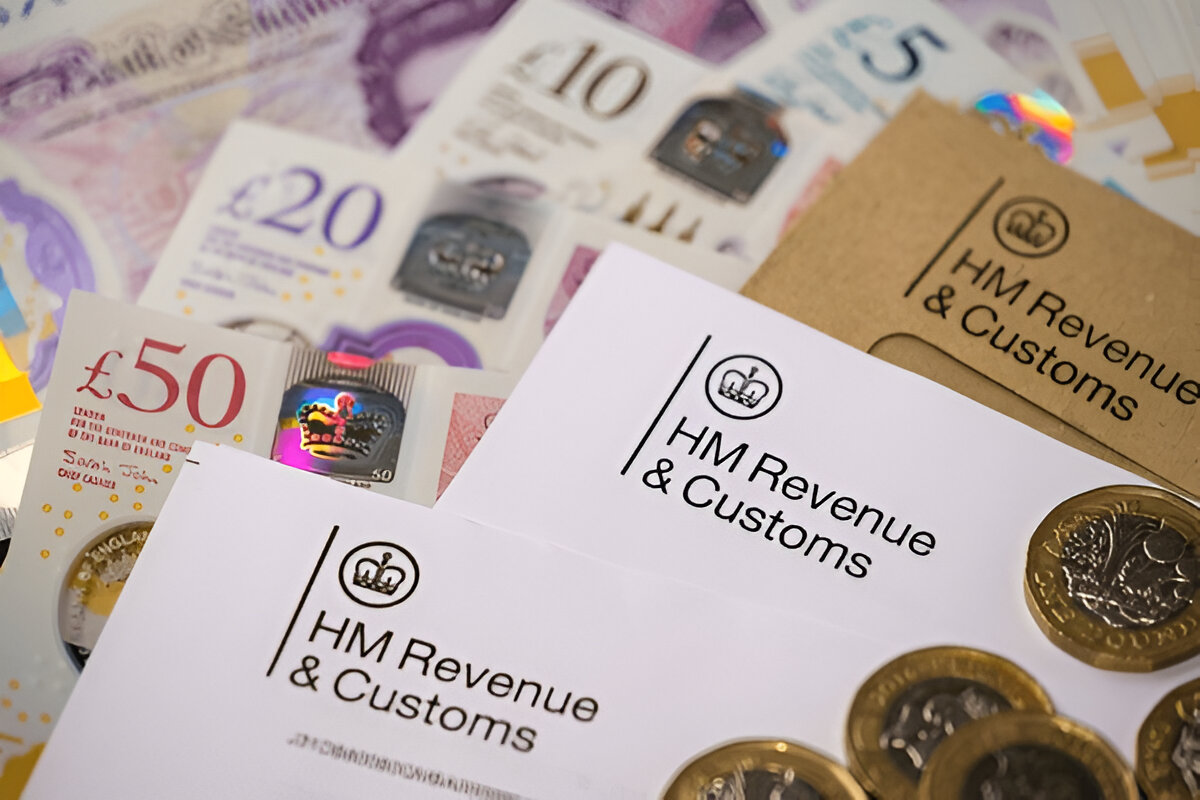How does Tax on Savings and Investments Work?
Tax on Savings are intricate parts of our lives today. In the United Kingdom, you must pay taxes on savings, interest, and income from investments based on your earnings. You need to understand the landscape thoroughly to comply with the regulations related to savings interest tax, taxes on capital gains, and dividends, and maximize your tax returns through allowances.
In this article, we will explore different aspects of taxation on interests, savings, and investments, and you will uncover tax-free ways to boost your savings and investments.
Tax on Savings

Tax on Savings Intro:
You might need to pay taxes if you are saving in a bank account. However, you will not be taxed on the cash. How does it work? Here’s a rundown on how it works –
- Interest on savings is paid chiefly gross.
- Every tax year, you are usually allowed to earn a particular value of tax-free interest.
- The tax on interest is considered in the tax year when it is accessed. It is not accessed in the year you received it.
- In the case of a joint account, the interest on savings is split for taxation.
- If you self-assess tax returns, you must declare the interests on your savings.
- If your earnings exceed your Allowance, HMRC will change your tax code to facilitate automatic tax payment.
- Tax on interest is calculated as per the income tax rate – in increasing order of 0%, 20%, 40% and 45%.
Types of Tax on Savings Interest
Savings interest tax is usually applicable in the following cases:-
- Bonds: company or government
- Credit union accounts, bank accounts, and building society accounts
- Investment and unit trusts and open-ended investment companies
- Specific life insurance contracts and life annuity payments
- Peer-to-peer lending
What is Tax on Interest on Savings Dependent Upon?
How much tax you need to pay on your savings depends on what you earn and how much you earn. Your gross annual income, including amounts earned as an employee, pensions, savings, benefits, investments, and exemptions, are all considered when calculating your tax-free Allowance.
For example, if you earn around £17,570 or less, your Allowance will be calculated as –
Personal Allowance, which is equal to £12,570 or £13,830 (with marriage allowance) or £15,440 (with Blind Person’s Allowance) + £6,000 (the starting rate for Personal Savings Allowance or PSA) – Income that falls under the non-savings bracket, like pension or salary from employment.
For instance, if you earn a salary of £5,000 and the standard Personal Allowance is £12,570, you can earn (£18,570 minus £5,000) = £13,570 as zero-tax interest.
When your savings earnings exceed £13,570, you will be required to pay taxes on savings at the basic rate, which is 20% at present.
Every tax year, you are eligible for the following tax-free allowances –
- Personal Allowance applies to your income.
- The Starting rate for savings is £5,000. It means you can earn interest up to £5,000 tax-free.
- £1,000 as savings interest from Personal Savings Allowance or PSA.
If you earn between £17,571 and £125,140, speak to Cangaf Accountants to understand the gamut of savings and taxes. If your earnings are more than £125,140, you have no zero savings interest tax.
You must consult with professionals for further clarification about tax on savings.
Tax on Investments
Investment tax allowance exists only on shares. You must pay taxes at the basic income tax rate for most other investment income.
The investment tax allowance on dividends in the 2024-25 tax year is earnings up to £500. Over and above this, your tax is calculated on the income tax band. This is called dividend tax.
The tax percentage is calculated as –
- For basic rate taxpayers, the rate is 8.75%.
- For higher-rate taxpayers, the rate is 33.75%.
- For additional rate taxpayers, the rate is 39.35%.
Paying Savings Interest Tax and Investment Tax
Your usual mode of tax payment determines the way you will be taxed on savings and investments.
- In case of employment or if you get a pension, HMRC will amend the tax code so that the savings tax is considered. You must inform HMRC about your investment earnings, especially if they are between £1,000 and £10,000 as dividend income.
- You must complete a Self-Assessment Tax Return to avoid penalty if your savings and investments earn more than £10,000.
To claim extra tax on savings, you have the option to –
- Claim via Form R40
- On your tax return, apply for a refund
- Complete the formalities online or send them by post.
Refunds can be claimed for the five tax years, including the current and the four previous years.
What are Savings and Investment Types that are Tax-free?
Interest earned on specific savings and investment products is always tax-free, irrespective of what your earnings are. Some of these products are –
- Pension Account savings
- Savings – cash ISAs
- Investments – stocks and shares ISAs
Whether it is your savings or investments, you are accountable for paying tax on interest on savings and investment earnings. Speak to a financial advisor to find the best way to handle this.
Now you have read our article about tax on savings, read our latest article if you are curious about how dividends are taxed in the UK! or our blog about Income Tax Reliefs for Your Job-Related Expenses


